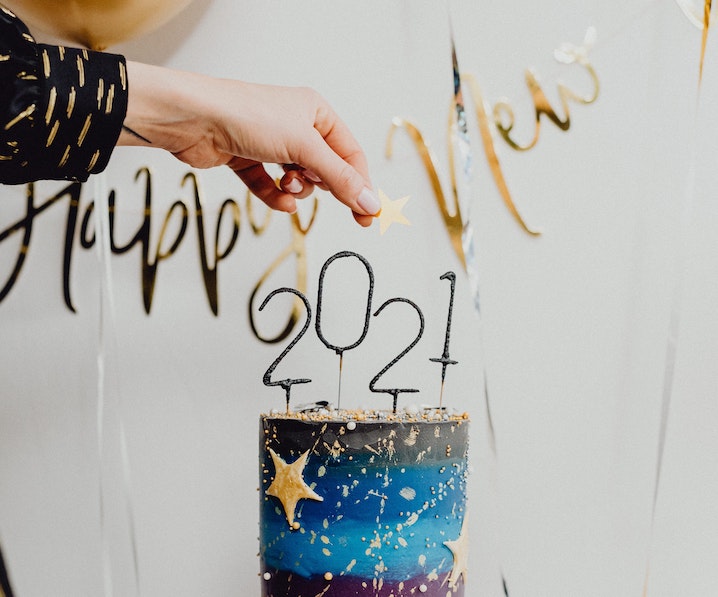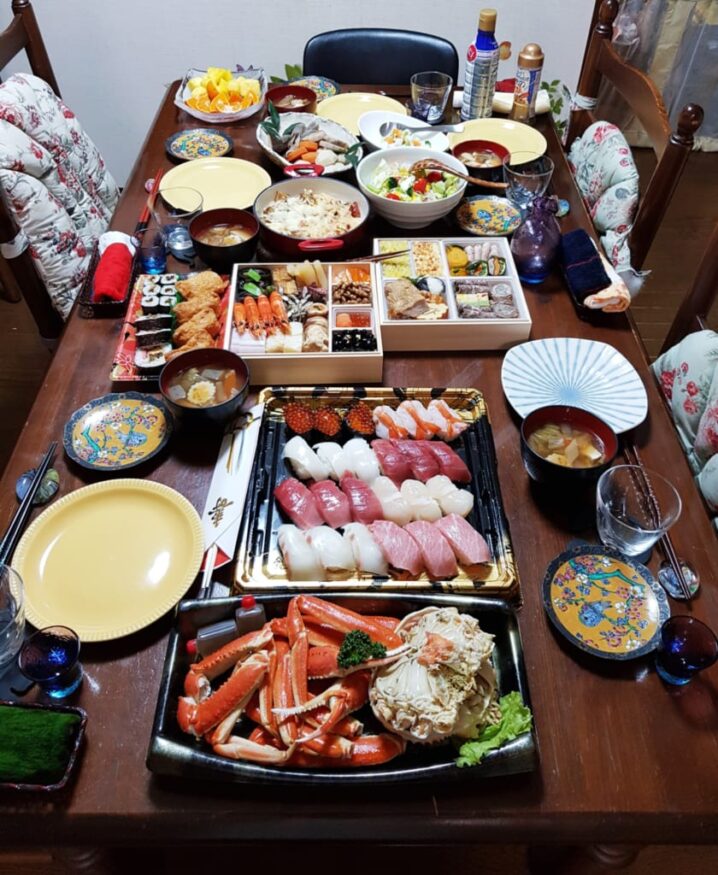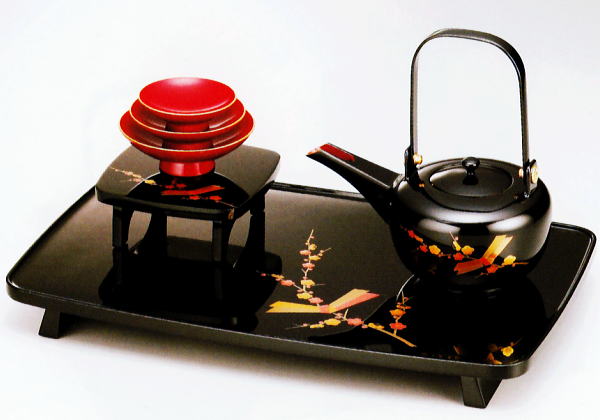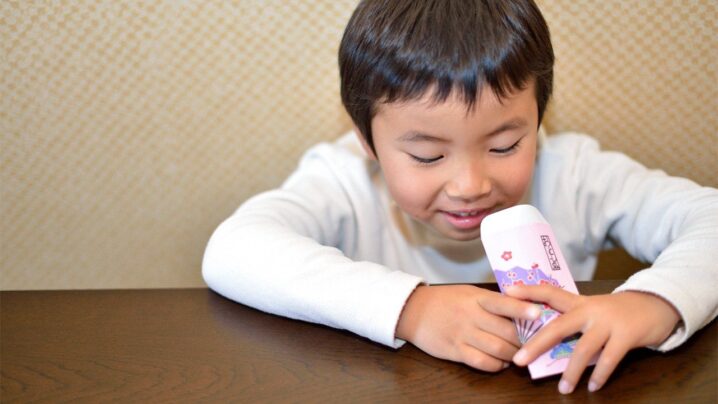Blog
6 Japanese New Year Traditions You Can Follow To Welcome 2021

New Year or Oshogatsu is considered as one of the most important and biggest holidays in Japan. It is mostly celebrated intimately with family as they welcome the coming year. To make sure they attract good luck and blessings, they follow specific traditions during Omisoka (new year’s eve).
What happens at the beginning of the year can represent what will happen for the rest of the year so January 1 should be full of joy and free from stress and negativity. In this blog post, we list down six Japanese New Year traditions you can follow to prepare for the new year.
1. Osoji (大掃除): Time to clean!
Osoji basically means “big cleanup”. It is often done weeks prior to new year’s eve as a purification ritual to cleanse one’s mind and soul for the new year by cleaning your environment. The idea is when your surroundings are clean, you will be able to concentrate better and succeed.

They make sure to clean and remove all the broken or old items in their home or workplace. In a way, they are getting rid of excess baggage to make space for the new things to come. A good way to sort through your stuff and choose which to let go is the KonMari method.
The goal of the KonMari method is to have a house full of items that sparks joy to you. There are six basic rules to follow:
1. Commit yourself to tidying up.
2. Imagine your ideal lifestyle.
3. Finish discarding first. Before getting rid of items, sincerely thank each item for serving its purpose.
4. Tidy by category, not location.
5. Follow the right order.
6. Ask yourself if it sparks joy.

Source: fabfitfun.com
It is not all about literally cleaning though. Aside from removing clutter, this can also be the time to let go of toxic relationships and bad habits, too. It is time to start fresh for the new year!
2. Nengajo (年賀状): Greet your loved ones!
After you have refreshed yourself through the osoji ritual, it’s time to share the positive feeling by sending them a greeting card to show the recipient that you remember and care for them. You can start your message with the greeting “Akemashite Omedetou Gozaimasu” (Happy New Year) and “Kotoshi mo Yoroshiku Onegaishimasu” (Thank you for all your support for this year in advance.)

Source: zoomingjapan.com
In Japan, these greeting cards called nengajo are mailed to families and friends. It is usually a postcard with an illustration of the coming year’s Chinese zodiac animal (For 2021, it’s the Ox). It is a pretty busy week for postman because they really work hard to mail each postcard by January 1.

Source: fukuoka-now.com
What’s special about nengajo cards is that it includes a lottery ticket number at the back which can win all sorts of prizes.
3. Hatsuhinode (初日の出): Watch the first sunrise!
On January 1, they will gather on the beach, top of the mountain or rooftops to wait for the hatsuhinode or the first sunrise. This is thought to bring positive energy as they pray for health and happiness for their loved ones to the toshigami sama (歳神様), god of harvest and spirit of ancestors, which is believed to arrive with the first sunrise.

4. Osechi Ryori (おせち料理): Eat for a long and healthy life!
Osechi ryori is the Japanese version of the noche buena where traditional food items are prepared for the family to feast with. The dishes differ from family to family and local specialties, but it is always served in a bento box called jubako and placed in the middle of the table.

Source: voyapon.com
When eating osechi, a specific type of chopsticks is used. It is called iwai-bashi and both of its ends are thinner towards the end. This is because one side is used for yourself while eating while the other end is for the deity. By using this, it is believed that the deity will bless you with a fruitful year ahead and each food item in osechi represents a particular wish for the new year.
Some examples of food items cooked for osechi ryori are:
| Ebi (prawn) | The curve of the prawn’s body resembles an elder’s curved back and eaten for long life |
| Kuromame (black soy beans) | For hard work and healthy living |
| Toshi koshi soba (buckwheat noodles can be served in hot soup or chilled with a separate dipping sauce) | The long noodles symbolize longevity and health |
| Satoimo (taro) | Represents the wish for many children similar to the many roots of one taro plant |
| Konbu (seaweed) | Represents the wish for happiness because this seaweed is associated with the Japanese word yorokobu, which means to be happy. |
5. Otoso (お屠蘇): Cheers for New Year!
Otoso is a spiced sake that Japanese drink during the New Year. It’s significance is to drive aways evil spirits and wish for a long life without illness. By drinking this, they are driving away any bad luck or misfortune from the past year.

Source: japantoday.com
The family shares the same three cups and the order of drinking is from the youngest to oldest. It is believed that this will allow the older family members to absorb vitality from the younger ones.
6. Otoshidama (お年玉): Bless the children!
Otoshidama is looked forward to by the Japanese children during new year because they will receive small envelopes filled with cash. They often use this to buy books or toys which they could not afford with their daily allowance.

Source: nippon.com
It is said to originate from the tradition of offering rice cakes called kagami mochi to toshigami sama. The rice cakes were also given by parents to children which eventually were replaced by toys and money.
These are just a few of the rich traditions the Japanese have to welcome the new year. With these, they are renewed and become eager to fulfill their new goals for the following months.
Let us all wish for a better year!
2020 has been a challenging year for the whole world. We must be thankful with what we have and make the best of it! Akemashite omedetou gozaimasu!

